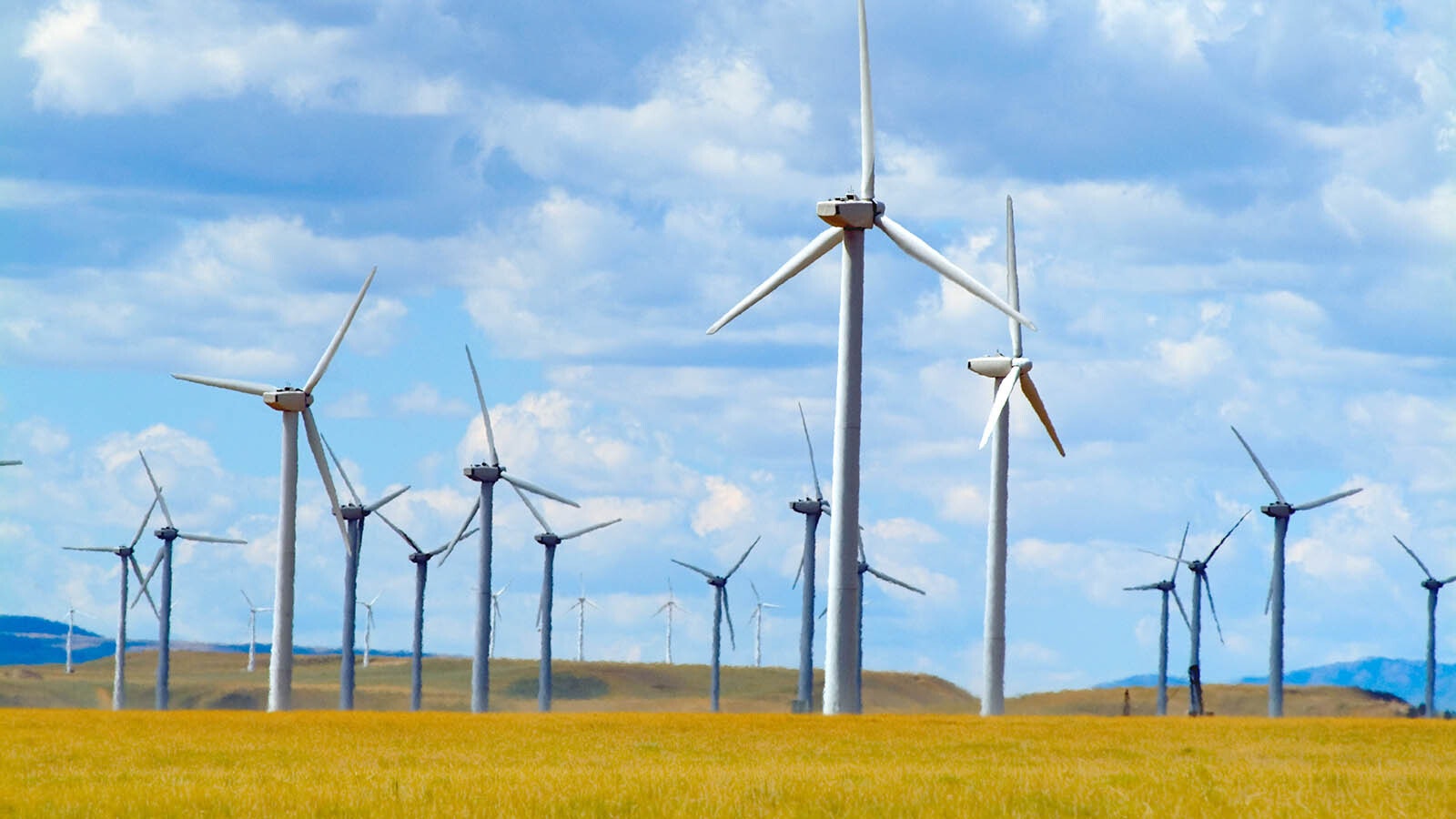The approval of a large oil and gas project in Converse County involving 5,000 oil and gas wells in an area roughly the size of Laramie County is facing legal challenges from conservation groups.
The Powder River Basin Resource Council, along with the Western Watersheds Project, filed the lawsuit this week in the U.S. District Court of the District of Columbia, against the Bureau of Land Management, arguing the BLM approved the project in the “waning days of the Trump Administration” without properly applying the federal land use plan. The plan is supposed to guarantee wildlife protections. The approval also didn’t properly consider impacts to air quality and the natural landscape, the suit alleges.
The BLM is “giving oil and gas drillers a free pass on things like timing stipulations for birds of prey and disturbance caps for sage grouse, [which] is just going to lead to the depopulation of the native wildlife in northeastern Wyoming,” said Erik Molvar, executive director of the Western Watersheds Project.
In a statement on the suit, Molvar, who is also a biologist, said the BLM “fast-tracked” approval and, and he warned that sage grouse populations are “nearing an extinction vortex.”
Industry Collaboration
Ryan McConnaughey, director of communications for the Petroleum Association of Wyoming, said the project is “vitally important” for the oil and gas industry in the state.
“One only has to look at the rig count and the fact the majority of rigs drilling the state are in Converse County, so a lawsuit of this nature is really a hit,” McConnaughey said.
McConnaughey disputed the plaintiffs’ claim that the approval was done too rapidly. The environmental impact statement (EIS), which federal law requires for developments on public lands, took seven years to complete.
The association is attempting to create good partnerships with federal agencies, McConnaughey said, and the EIS for the Converse County project was crafted through the Obama and Trump administrations, in full compliance with federal protections for migratory birds.
The association “would classify this as the poster child for carefully thought-out collaborative work,” McConnaughey said.
Unprecedented Development
The lawsuit, however, argues the protections are not there. The project area contains designated Priority Habitat Management Areas for sage grouse, including all 54 “leks,” or sage grouse dancing and breeding sites, which the BLM acknowledges could be abandoned as a result of the drilling and production, according to a statement on the suit.
The lawsuit states that many of the wells in the project area are “fee/fee/fed” wells, which are drilled directionally into federal minerals from pads on adjacent non-federal lands. The suit alleges that since the BLM claims to lack jurisdiction to regulate the surface operations associated with these wells, “much of the Converse County Project is being improperly exempted from critical environmental protections.”
The suit also claims that the BLM is not giving enough consideration to the impact of traffic on local residents, which will face road deterioration and dust issues. The traffic will also further impact wildlife as a result of collisions.
“This unprecedented level of development will create significant negative impacts in our county that have not been well addressed during previous booms,” said Maria Katherman, Powder River Basin Resource Council board member and long-time resident of Converse County, in a statement announcing the suit.
Political Strategy
McConnaughey said the suit is an example of how the courts are being used by groups whose main motivation is to stop oil and gas production on federal lands.
“The people who don’t want to see any drilling on public lands, when they have a favorable administration, all they need to do is just file a lawsuit to stop all activity,” he said. “This will continue to be a hallmark of their strategy.”
McConnaughey said the industry is hoping for a quick resolution to the matter, but he isn’t sure if or how long the suit could prevent the project from proceeding.
“It just all depends on the motions and the court case as it goes through the process,” he said, adding that the suit “will be a big a big hit to those that have spent countless years and countless amounts of money shepherding this process.”
The entire project is one of the largest oil and gas projects ever approved in Wyoming, according to the lawsuit. In addition to the production of oil and gas after wellsite completions, the project will include the construction of approximately 2,900 miles of new pipelines, 1,970 miles of access roads, 1,500 miles of electrical lines, 455 other pads, and additional supporting structures and infrastructure.
“Fundamentally, the agency is writing a 5000-well blank check without really looking at where the wells and pipelines and roads are going to go. And that’s not responsible planning and management of industrial development at all,” Molvar said.
According to Baker Hughes, Wyoming’s rig count was 20 this week, up two from last year.





